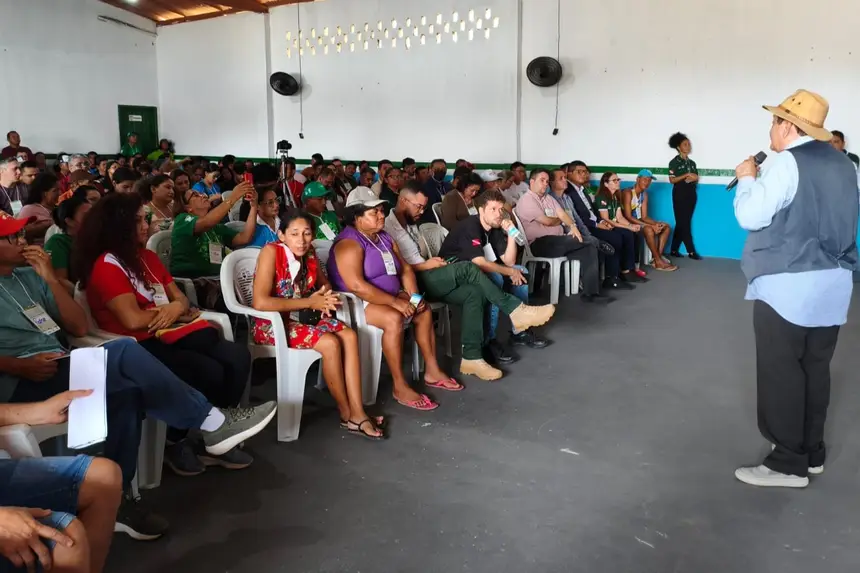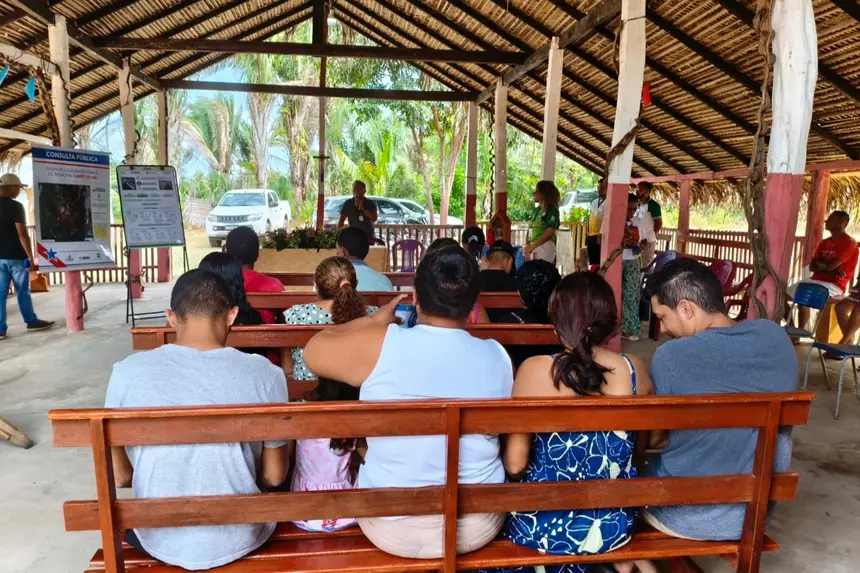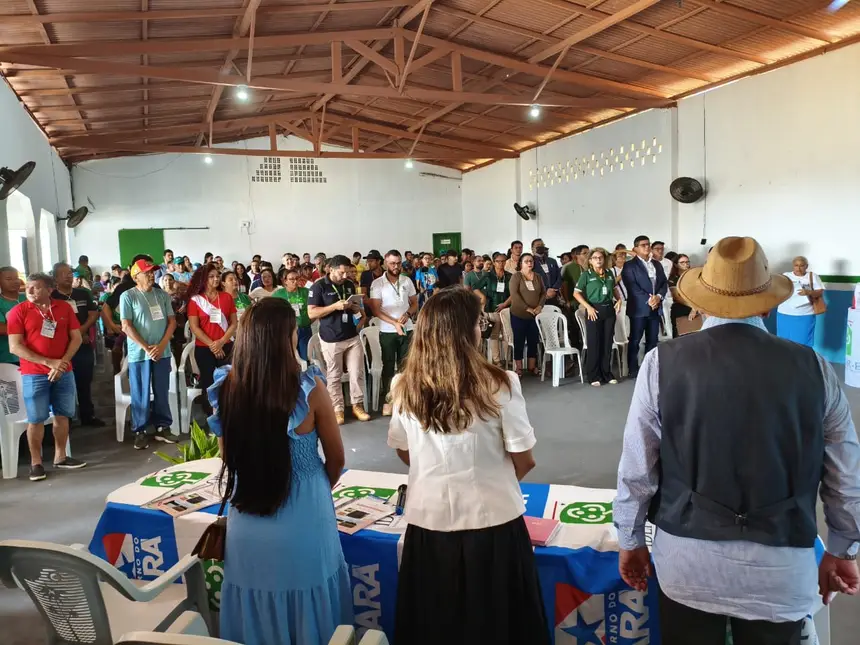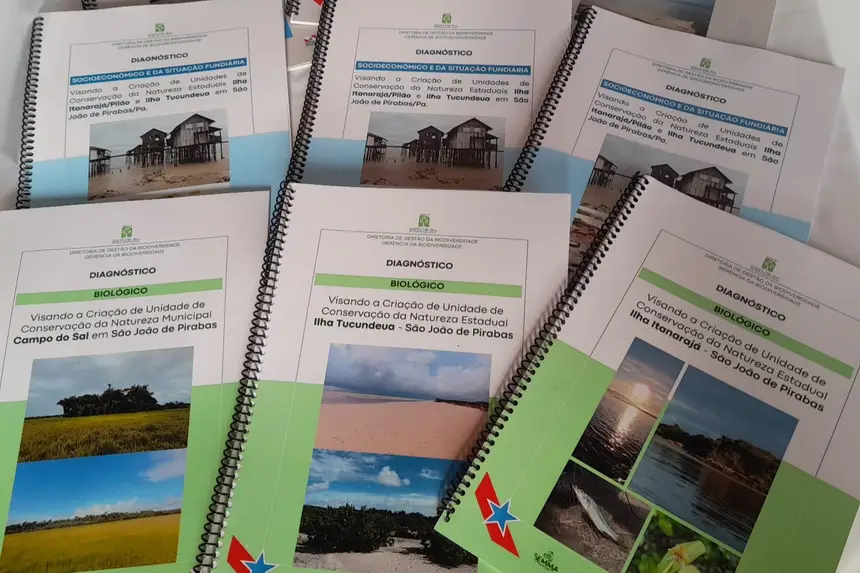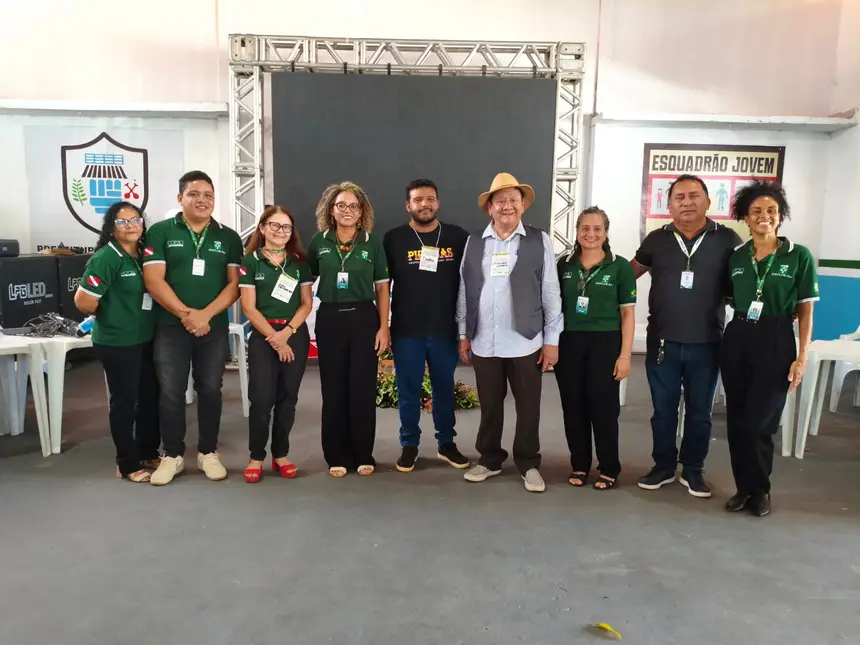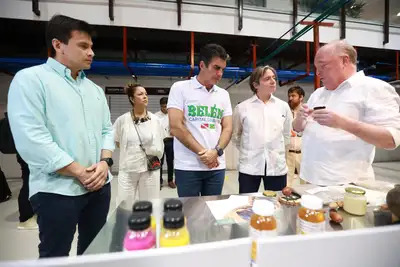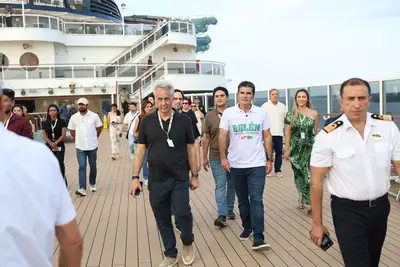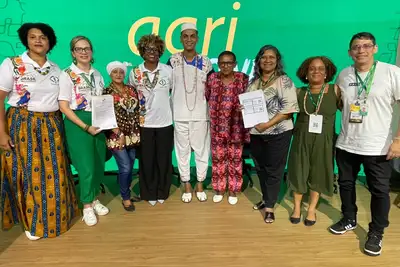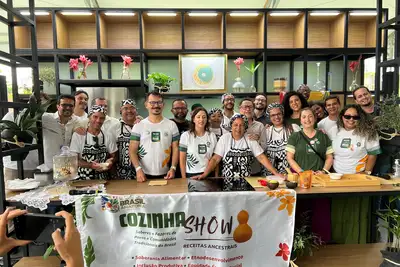São João de Pirabas holds Public Consultation for the creation of conservation units
The program brought together authorities, representatives of traditional communities, fishermen, researchers, and citizens in discussions about local biodiversity
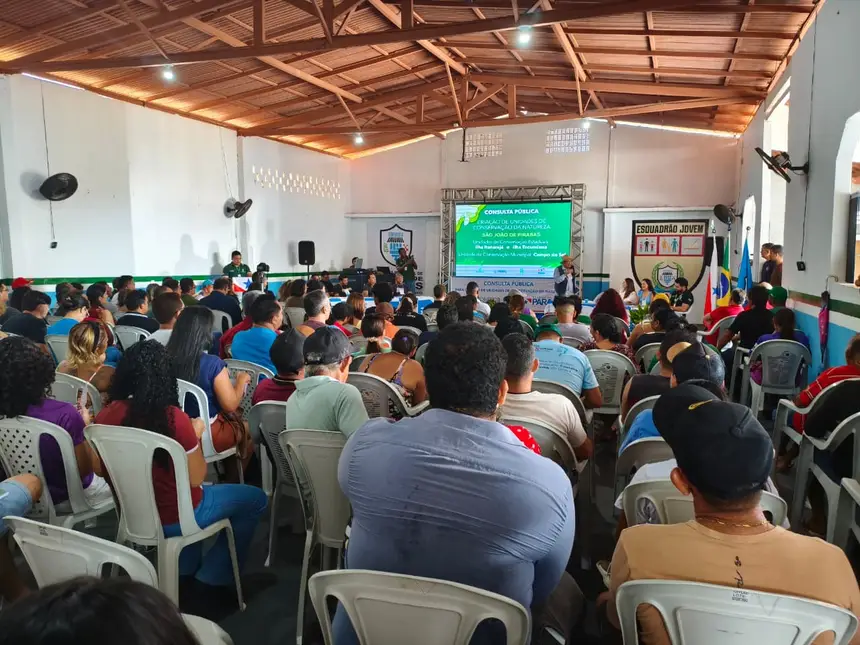
The municipality of São João de Pirabas, in the northeastern region of Pará, hosted a Public Consultation on Tuesday (30) to discuss the creation of three new conservation units. The initiative was promoted by the State Government, through the Institute for Forest Development and Biodiversity (Ideflor-Bio), in partnership with the São João de Pirabas city hall, and brought together authorities, representatives of traditional communities, fishermen, researchers, and citizens interested in discussing the future of biodiversity and the rational use of natural resources.
The areas under consideration total 19,513 hectares and encompass strategic ecosystems of the coastal region of Pará. Two conservation units will have state management: Ilha Itanarajá/Pilões, with 9,137 hectares, and Ilha Tucundeua, with 9,545 hectares. The third will be municipal, Campo do Sal, with 831 hectares, under the responsibility of the Pirabas Environmental Department.
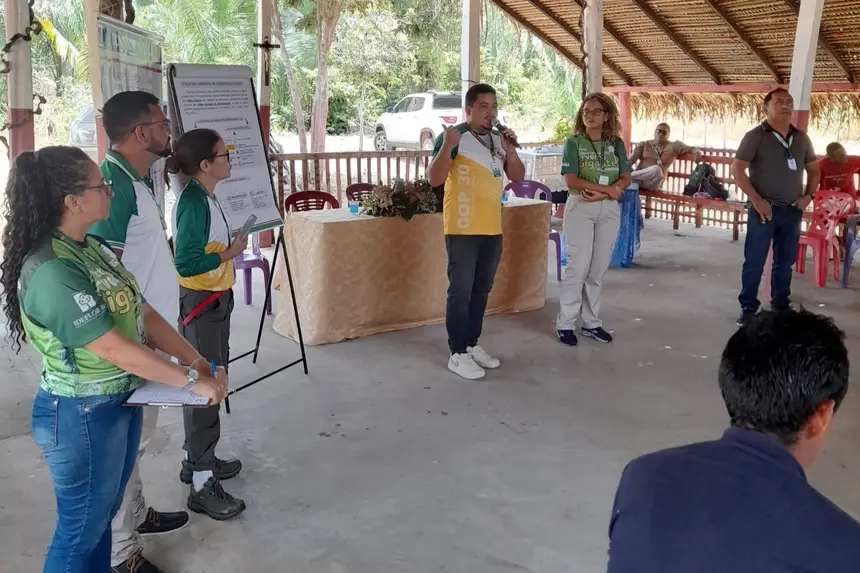
The meeting took place at the headquarters of the Young Squadron, in the Independência neighborhood, and followed the format established by federal legislation that regulates the National System of Conservation Units (SNUC). During the meeting, Ideflor-Bio technicians presented the studies that support the proposal, explaining in an accessible manner the objectives, limits, and benefits of creating protected areas.
Objectives of the conservation units
The conservation units aim to safeguard mangroves, restinga, dunes, beaches, igarapés, and archaeological sites, as well as serve as natural nurseries for resident and migratory species. They are also essential for regulating the sustainable use of fishery resources, which support hundreds of families in the municipality and surrounding areas.
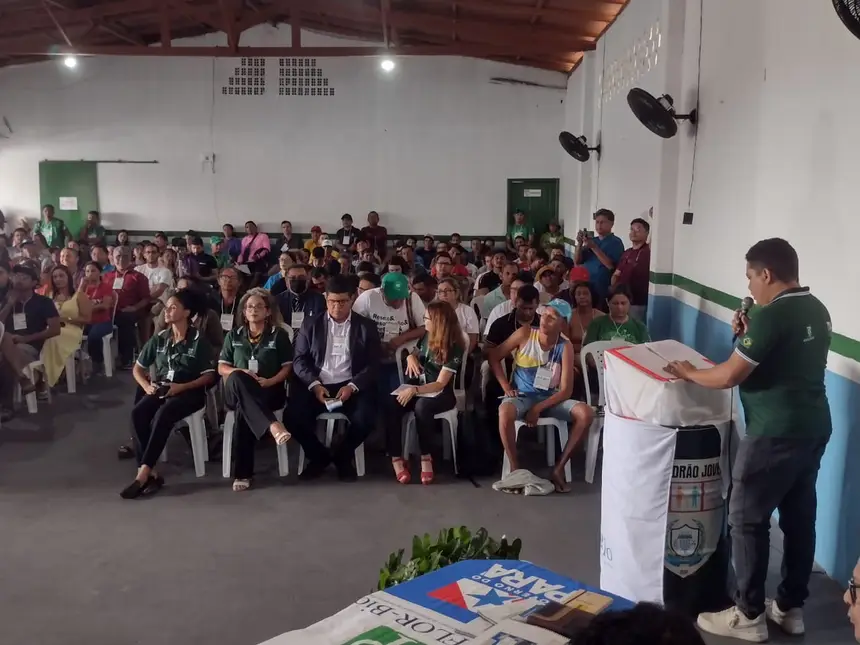
The director of Biodiversity Management at Ideflor-Bio, Crisomar Lobato, highlighted the strategic relevance of the measure. “We are facing a historic decision for São João de Pirabas and for Pará. These areas have an incalculable ecological importance, and transforming them into conservation units means ensuring that their natural resources are legally and permanently protected, for the benefit of current and future generations,” he stated.
Public participation - In the same vein, the Biodiversity Manager at Ideflor-Bio, Mônica Furtado, reinforced the role of local communities. “The creation of conservation units only makes sense if it is built in dialogue with the population that lives in and depends on this territory. Our commitment is to ensure that these areas are instruments of environmental protection, but also of cultural, social, and economic valorization for Pirabas and the region,” she said.
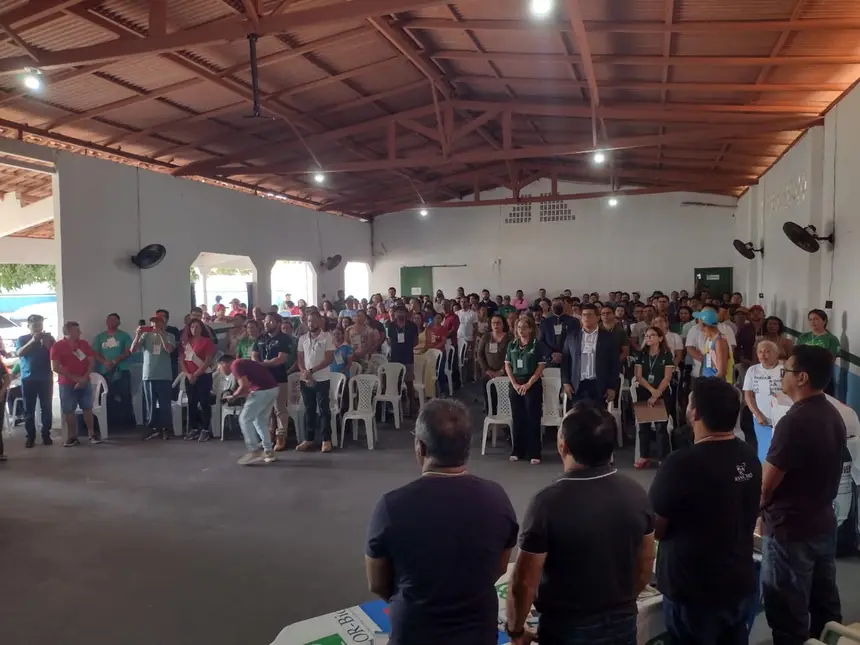
Participants were able to express themselves, raise questions, and make suggestions, which will now be incorporated into the technical report. A local resident, Maria do Socorro, emphasized the importance of the future protected areas. “We know that nature here is our home and our livelihood. Seeing the government and the city hall listening to the community gives hope that our children and grandchildren will be able to live off the sea and the land without fear of losing everything to destruction,” she declared.
Advancements - In addition to the environmental aspect, the debaters reminded that the new protection areas could attract investments through mechanisms such as environmental compensation, Green ICMS, and environmental protection quotas, as well as open opportunities in ecotourism, scientific research, and the valorization of local businesses such as inns, restaurants, and community transport.
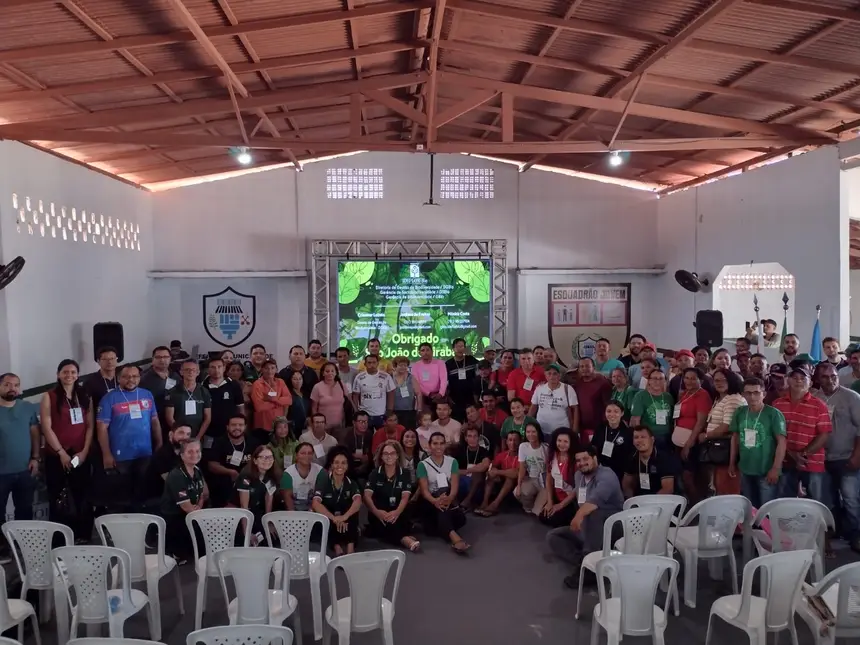
The Public Consultation also reinforced the State's commitment to international agreements on biodiversity and climate change, in which Pará is a key player. According to the organizers, the next step will be to consolidate the studies and submit the proposal for analysis and decree for the creation of the conservation units in the coming weeks.
For the residents and local leaders, the meeting was more than a formal act: it was a milestone of public participation in the decision-making process regarding the territory. In the end, the shared feeling was that the protection of the islands and fields of São João de Pirabas is increasingly close to becoming a reality, uniting sustainable development and nature conservation.


